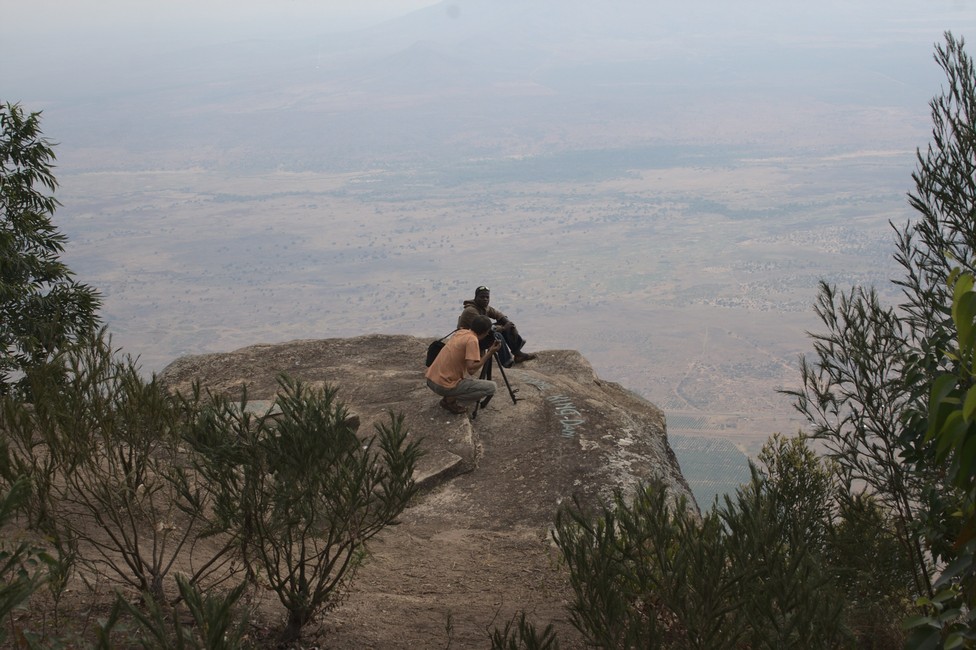Mikumi National Park, located in the southern part of Tanzania, is a captivating gem within the realm of African wildlife conservation. Spanning approximately 3,230 square kilometers, this park is nestled between the larger Selous Game Reserve and the bustling city of Dar es Salaam, making it a convenient and accessible destination for both local and international visitors. Its diverse ecosystems, abundant wildlife, and breathtaking landscapes make Mikumi a must-visit for anyone seeking an authentic African safari experience.
The park’s landscape is a mesmerizing blend of savannah plains, acacia woodlands, and rugged mountain ranges. As the sun rises over the horizon, the golden grasses of the savannah come alive with a vibrant array of animals beginning their daily routines. The wide-open spaces are punctuated by ancient baobab trees that stand as silent witnesses to the passage of time. These iconic trees, with their stout trunks and gnarled branches, evoke a sense of awe and wonder, casting long shadows in the soft glow of dawn.
Mikumi National Park’s allure lies not only in its scenic beauty but also in its remarkable biodiversity. The park is home to a diverse collection of wildlife species, both large and small, creating a harmonious ecosystem that mirrors the natural rhythm of life in the wild. Towering giraffes stretch their necks to nibble on the tender leaves of acacia trees, while majestic elephants roam the plains, their powerful presence a testament to the park’s commitment to conservation.
One of the park’s distinguishing features is the Mkata Floodplain, a picturesque expanse that transforms into a lush oasis during the rainy season. Here, wildlife gathers to quench their thirst, and predators lurk in the tall grasses, waiting for the perfect opportunity to pounce on unsuspecting prey. The floodplain’s ever-changing colors and the juxtaposition of life and death encapsulate the eternal cycle of survival in the animal kingdom.
The birdlife in Mikumi is equally captivating, with over 400 species gracing the park with their vibrant plumage and melodious calls. The lilac-breasted roller flashes its iridescent hues as it soars through the sky, while the African fish eagle’s distinctive cry pierces the air as it surveys the waters below. The park offers a haven for avid birdwatchers, who can marvel at the diversity of avian life in their natural habitats.
For those seeking a truly immersive safari experience, Mikumi offers a range of accommodations that cater to various preferences. From luxurious lodges overlooking watering holes to cozy tented camps nestled under the star-studded African night sky, visitors can choose the setting that resonates with their idea of an ideal wilderness retreat. The sounds of nocturnal creatures, the distant roar of lions, and the rustling of leaves in the gentle breeze create a symphony of nature that lulls guests into a serene slumber.
Mikumi National Park also serves as a critical haven for species that are under threat due to habitat loss and poaching. Efforts to protect the park’s rhinos, for instance, have led to successful breeding programs, offering a glimmer of hope for the survival of these magnificent creatures. Additionally, the park plays a vital role in educating local communities about the importance of conservation and sustainable tourism, fostering a sense of stewardship among the people who call this region home.
As the sun sets over the horizon, casting an ethereal glow across the landscape, visitors are reminded of the transient nature of time and the interconnectedness of all living beings. Mikumi National Park stands as a testament to the beauty and complexity of the natural world, a sanctuary where the symphony of life unfolds against a backdrop of awe-inspiring vistas. Whether it’s the thundering hooves of a herd of wildebeests or the delicate fluttering of a butterfly’s wings, Mikumi’s story is one of untamed wilderness and the enduring spirit of Africa’s wildlife.
